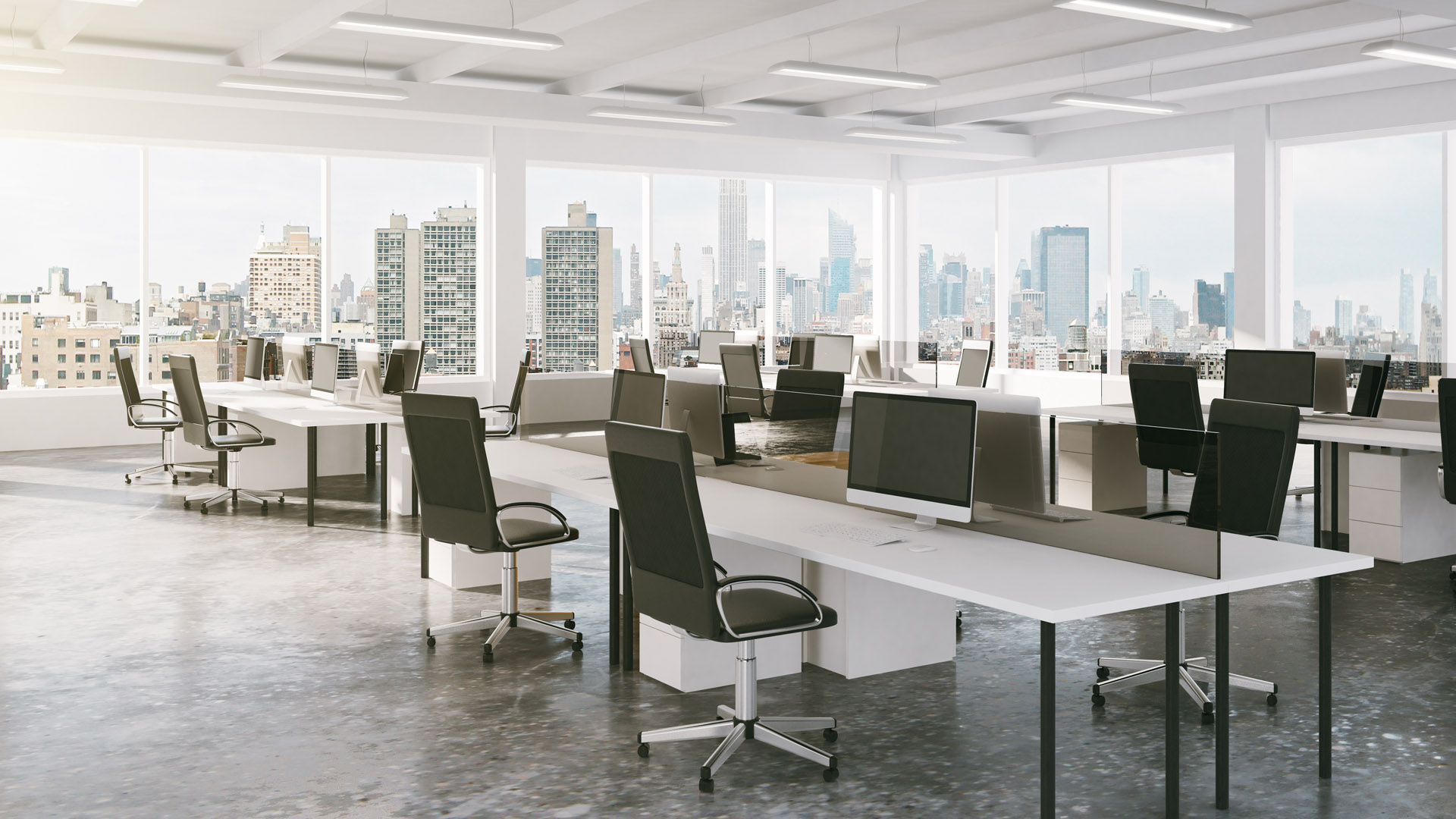Total loss in office occupancy hit -133M square feet in November since Q2 2020 despite office-using jobs hit pre-pandemic levels.
Filling Up Empty Offices Facing Strong Headwinds
Even though office occupancy increased by 6M square feet during Q3 2021, it fell -2M square feet in November. This recent loss resulted in bringing the total loss in office occupancy down to -133M square feet since Q2 2020.
Despite office-using jobs having recouped to pre-pandemic levels, three new realities are making it difficult and s-l-o-w to absorb an enormous amount of office space. Those three realities include more either full-time remote or some hybrid combination of in-office and remote workers than “before;” the amount of office space per worker has gone down; and fewer workers with about 2.5M vacant job positions available,
Metros with Largest Losses in Office Occupancy
According to the National Association of REALTORS® (NAR), metros areas that are headquarters of major tech, financial, and business corporations have suffered the largest losses in office occupancy from Q2 2020 to November 2021.
Take a look:
- New York City – -31MSF – According to The Real Deal, only 46% of NYC’s workers are “back” due to enormous losses in the hotel and leisure sector of the economy. However, now that travel restrictions have been lifted and international travelers are slowly returning to the US, these losses are expected to go down quickly.
- Los Angeles – -11.5MSF
- San Francisco – -11MSF
- Washington DC – -9.8MSF
- Chicago – -9.5MSF
Secondary Metros with Largest Gains in Office Occupancy
On the other side of the ledger, secondary or tertiary metro areas have been less impacted by pandemic-inspired losses of office occupancy. In fact, some secondary metros have experienced increases in net absorption from Q2 2020 to November 2021.
Take a look at the metros with the greatest gains in office occupancy:
- Durham – +1.4MSF
- Boise – +1.4MSF
- San Antonio -+1.4MSF
- Palm Beach – +1.3MSF
Remote Working Declining BUT Teleworking Office Workers Use 4X Less Office Space
During pandemic lockdowns, 48.7M people worked from home. Those 48.7M remote workers translated into 35% of the workforce. Of those 48.7M workers, 41.5M worked in office-using jobs.
As of October 2021, only 18M people were working from home or 12% of the workforce. 15.8M of the 18M people were office-using workers or 20% of workers in office-using industries. The number of office-using worker still working from home remains 3.6 X the number who worked from home pre-pandemic.
Office Use per Person Likely to Continue Declining
The average square foot per office-using worker has been declining since 2011 when the norm was 273 sq. As of October 2021, the average square foot per office-using worker dropped down to 239 sf.
This declining office footprint is largely due to hot-desking (hybrid workers coming in and out of the office and being able to/being scheduled to use the same “hot” desk.) Also, employers are increasing flexible space within offices.
Lack of Workers Could Slow Job Recovery & Absorption of Office Space
As of Q3 2021, there were approximately 2.5M job openings in office-using industries but only 1.25M unemployed workers. Not every unemployed worker can move to where the jobs are so some of these job openings can’t be filled. Obviously, slower job growth translates into slower demand and absorption of office space.
Outlook
According to Scholastica (Gay) Cororaton, research economist, vacancy rates in offices are likely to hover around 10% until the end of 2022.
Thanks to the National Association of REALTORS®.






























